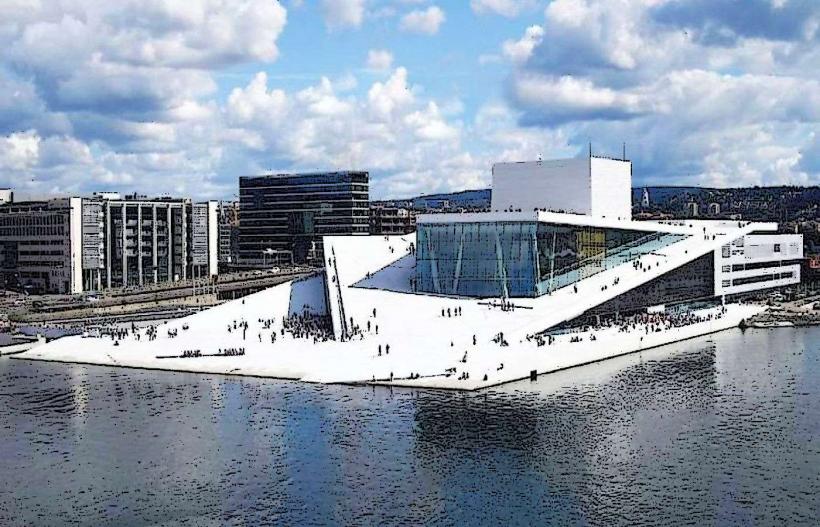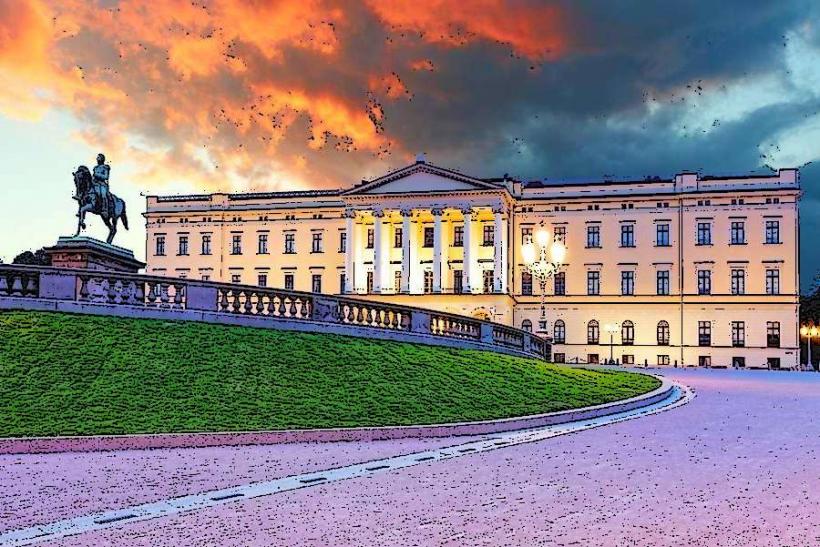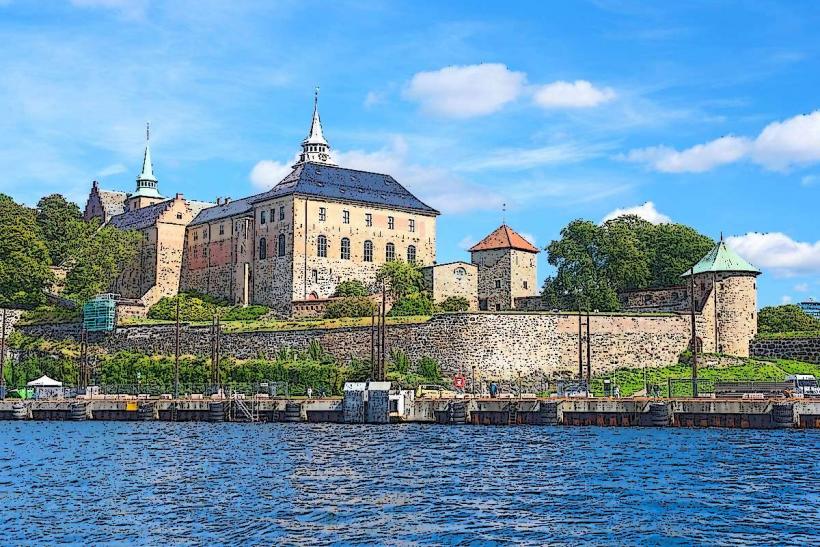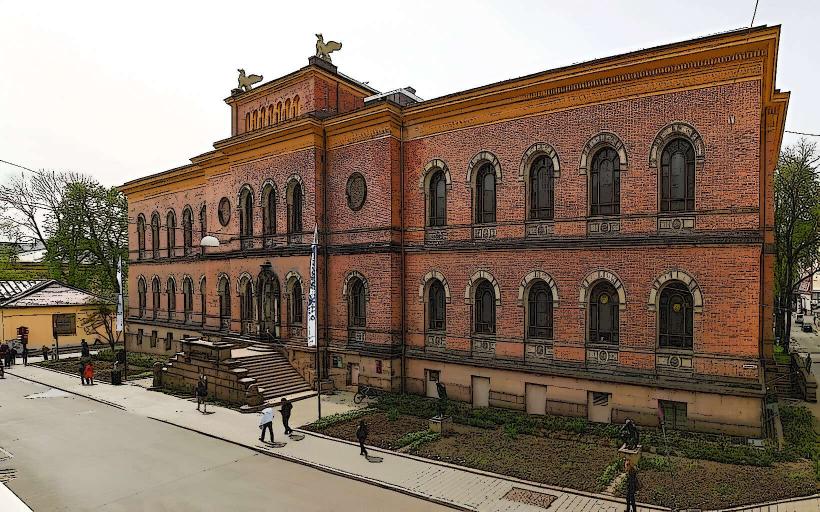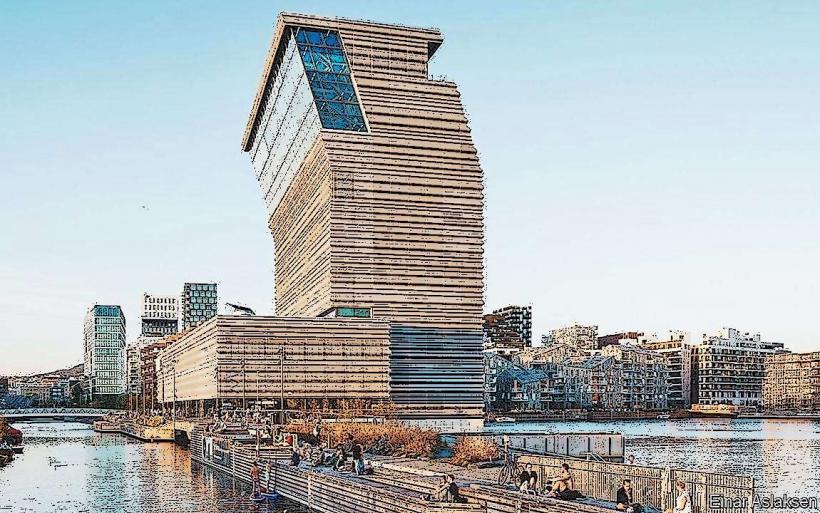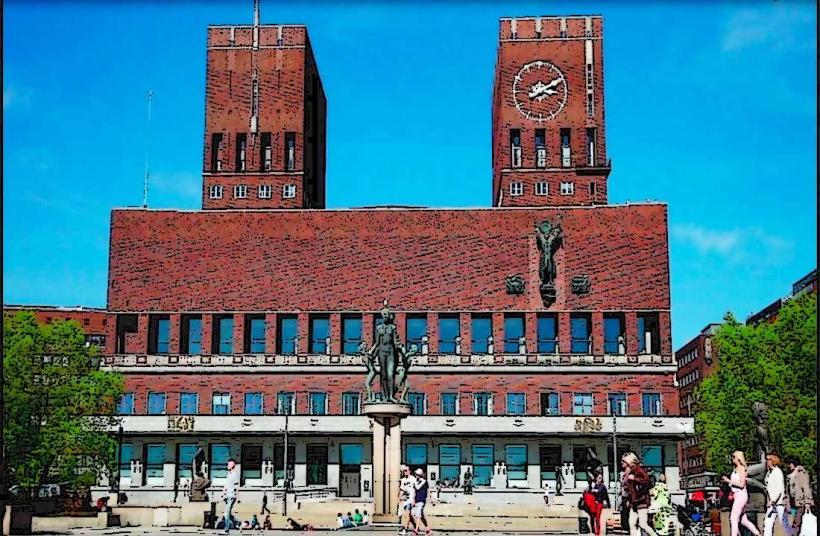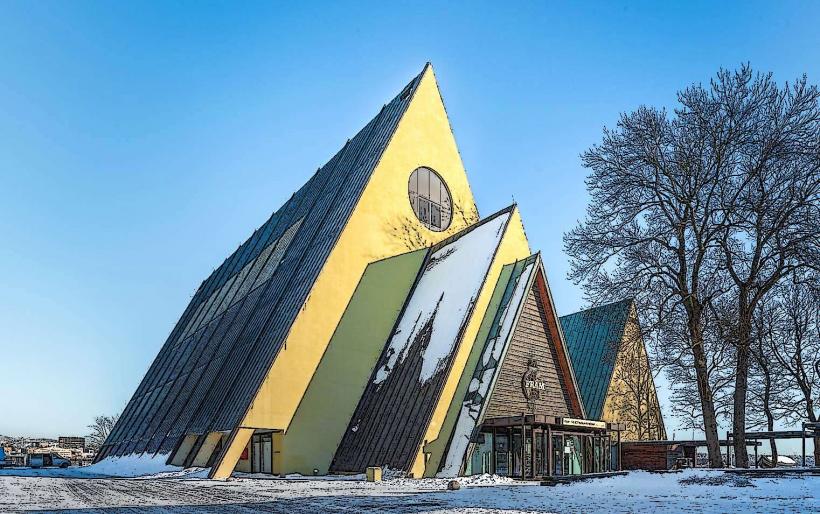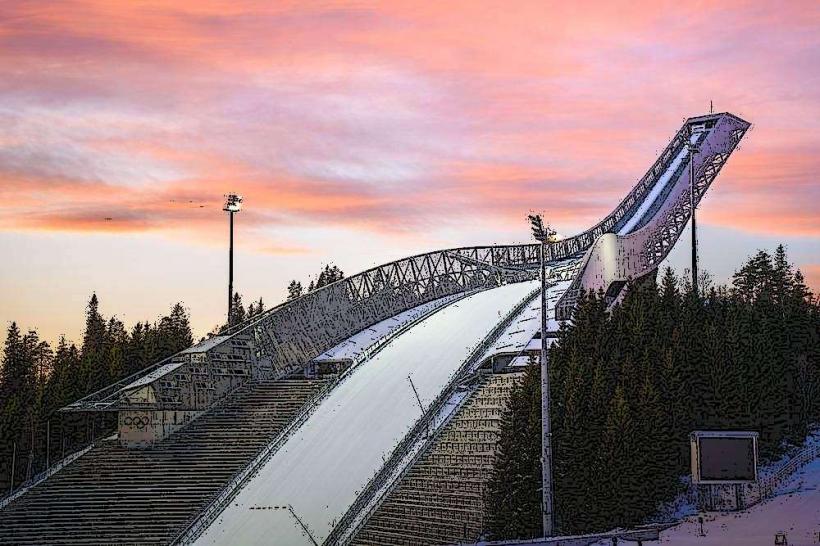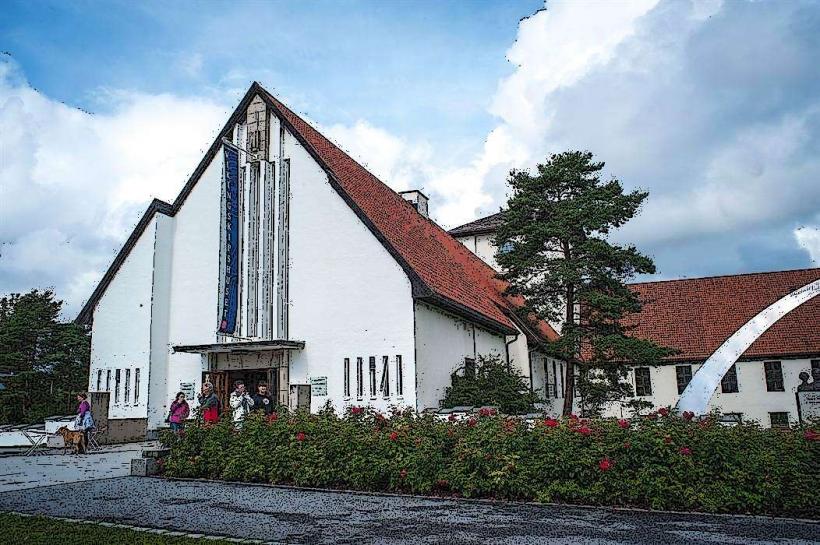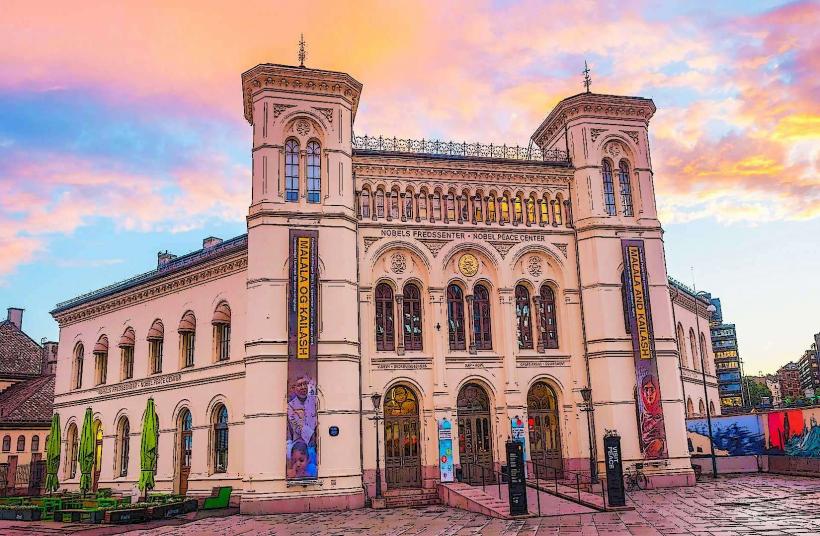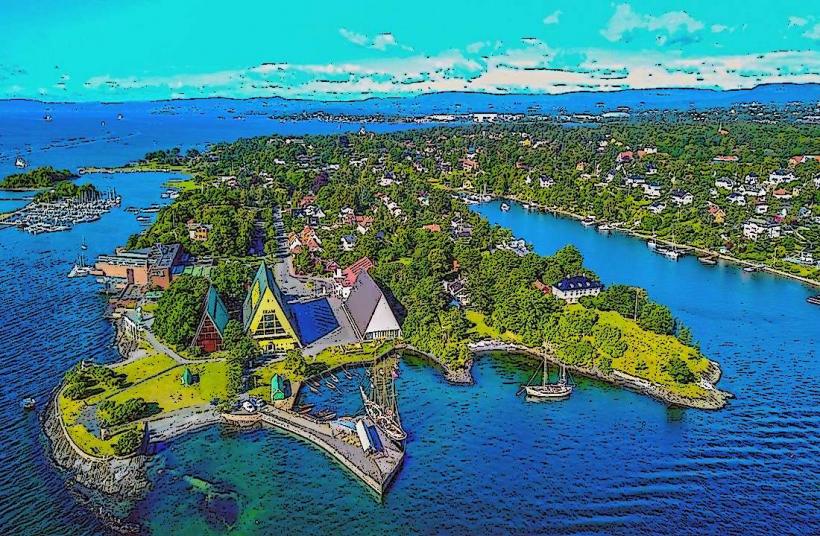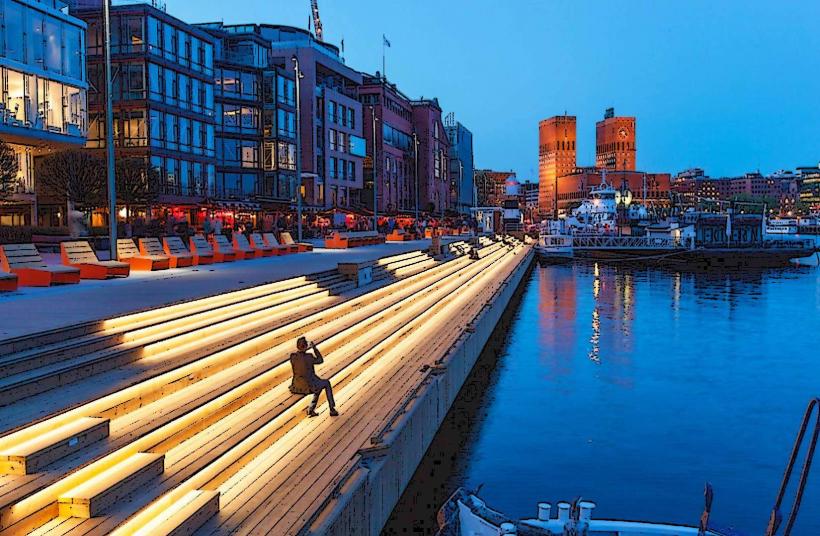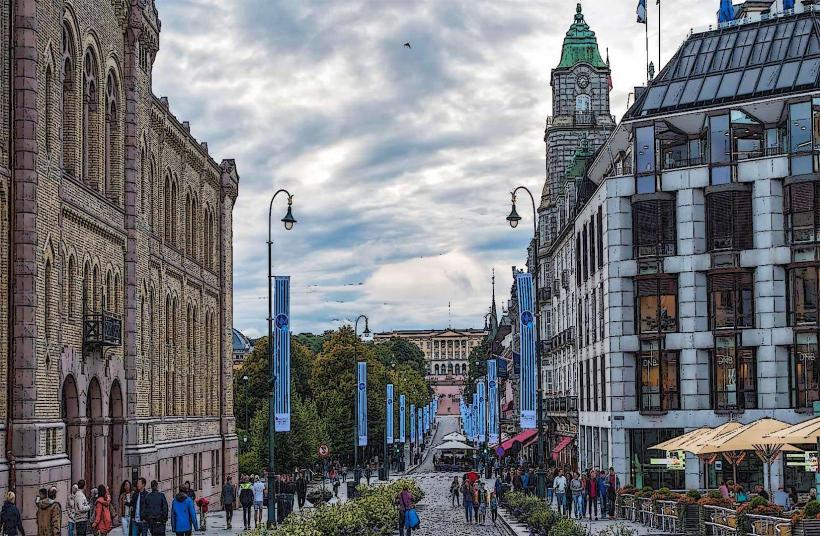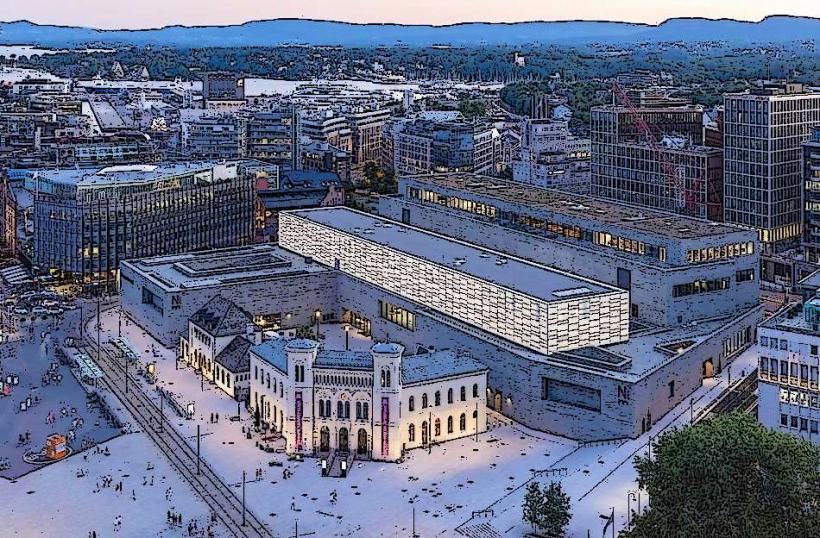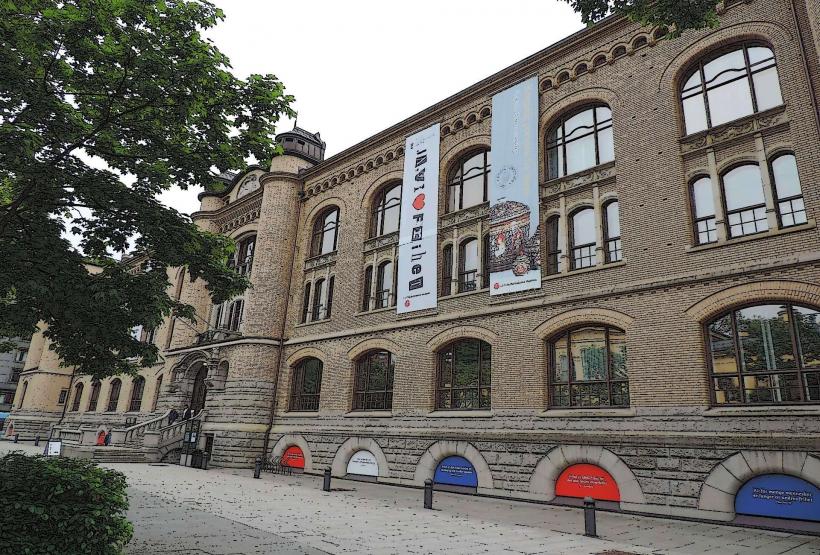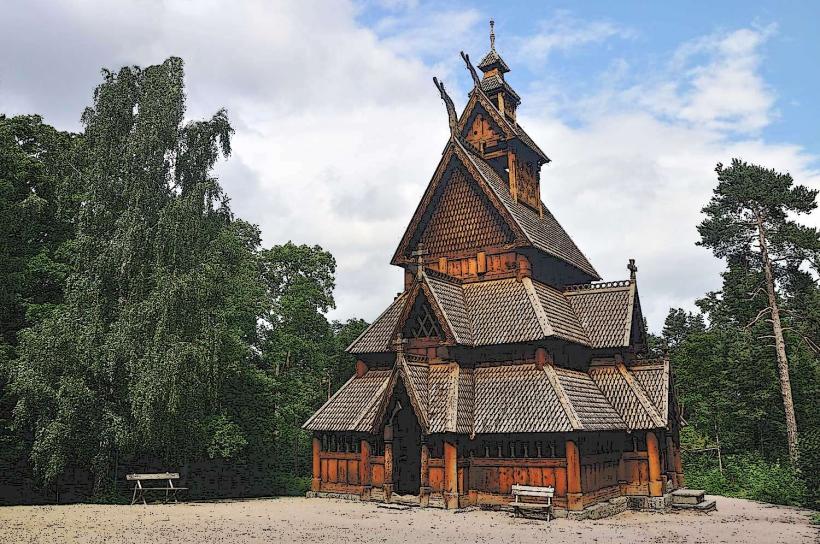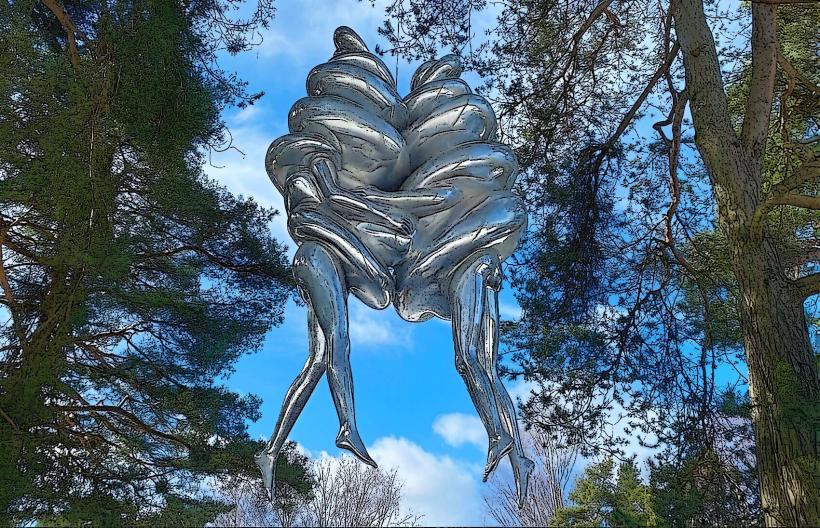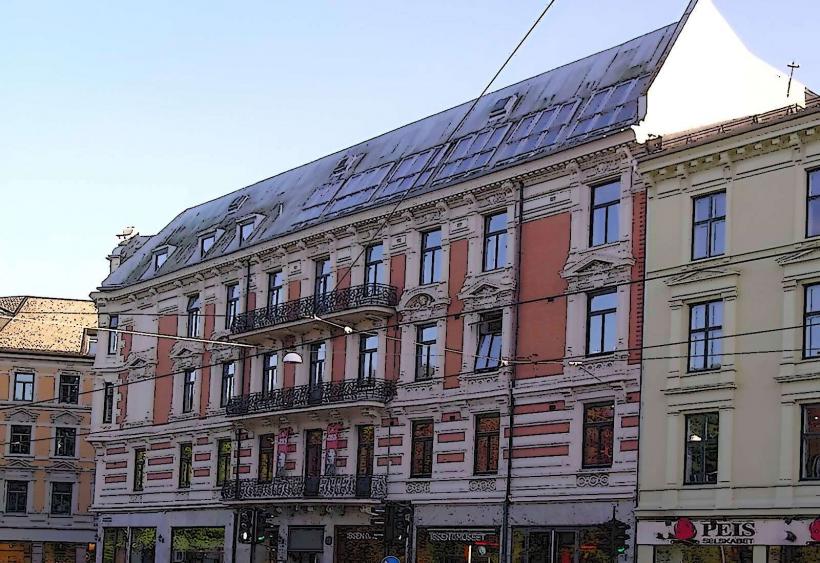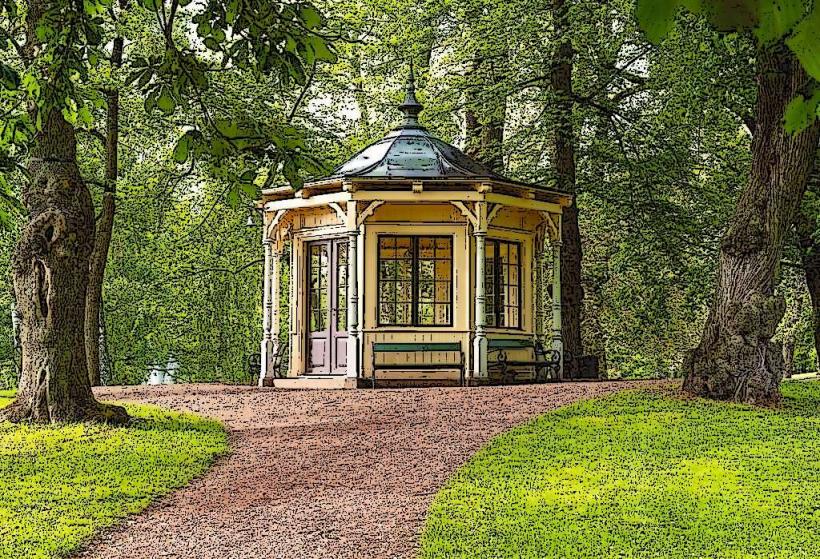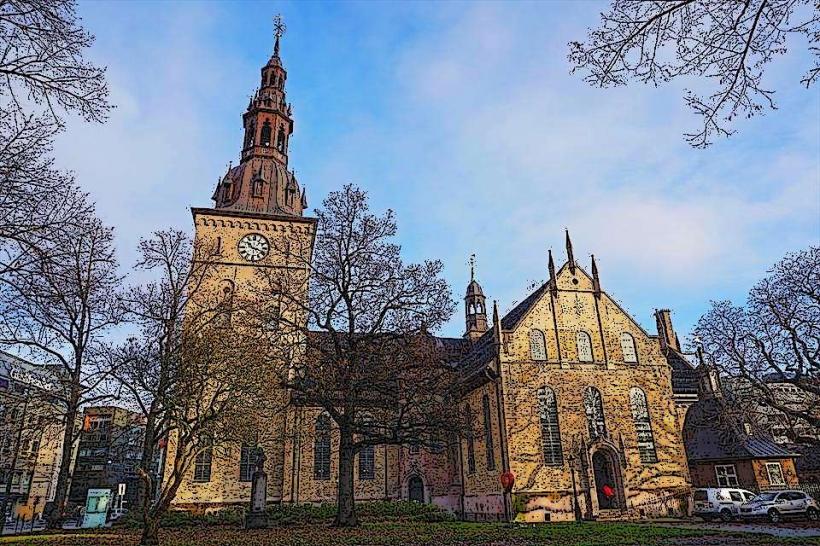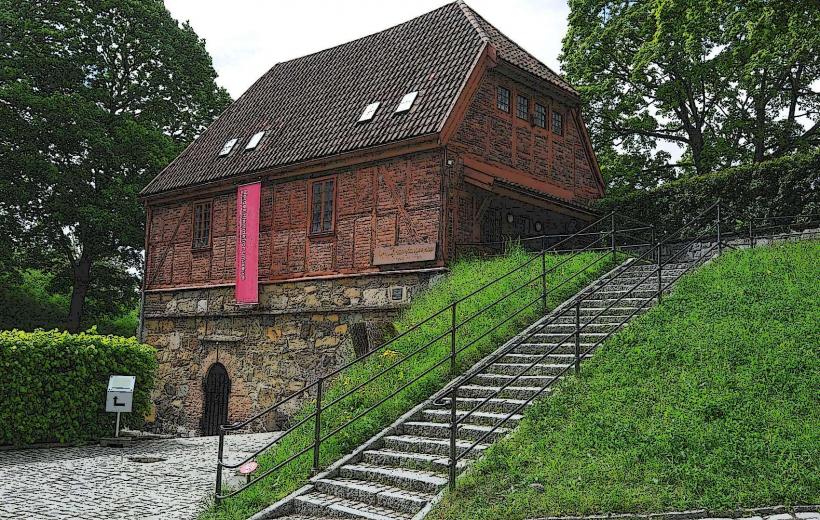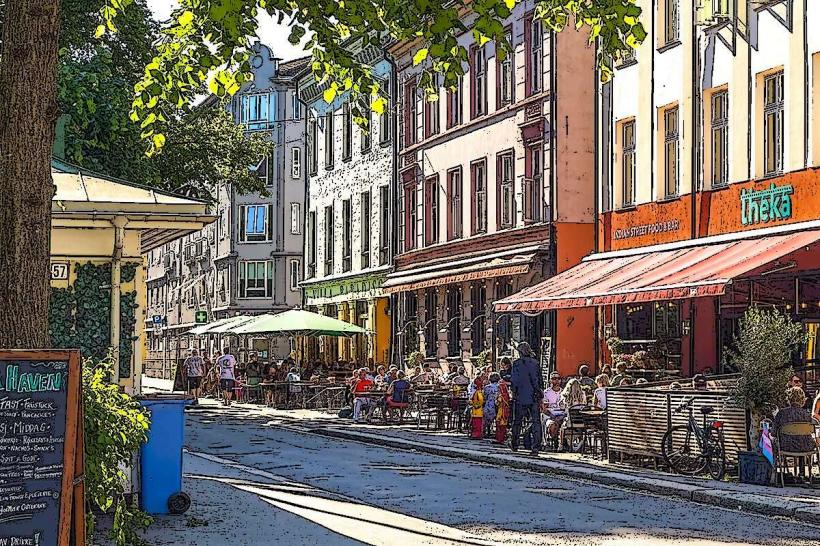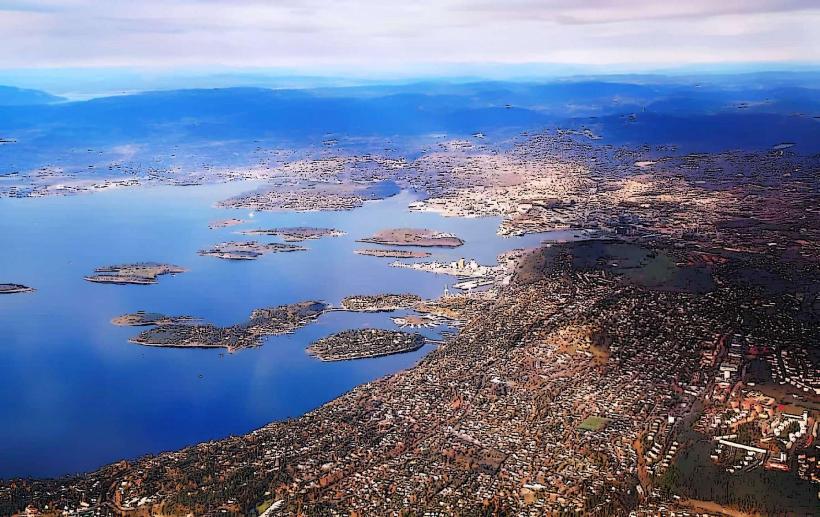Information
Landmark: Vigeland Sculpture ParkCity: Oslo
Country: Norway
Continent: Europe
Vigeland Sculpture Park (Vigelandsparken), located in Oslo’s Frogner Park, is one of Norway’s most famous and visited attractions. It is the world’s largest sculpture park created by a single artist and features over 200 sculptures by Norwegian sculptor Gustav Vigeland. The park is both an artistic masterpiece and a public space, offering visitors an immersive experience of art, nature, and history. Here’s a detailed overview:
History and Creation
- Commissioned: The creation of the park was part of a commission for the 1920s renovation of Frogner Park, with Gustav Vigeland being entrusted with the project in 1939.
- Design and Planning: Vigeland was responsible for every aspect of the park’s design, from the sculptures to the layout. The park took over 20 years to complete, and construction continued after Vigeland's death in 1943, with the park being opened to the public in 1949.
Layout and Themes
The park is divided into different sections, each with its unique theme and layout. The sculptures are arranged in a linear design, connected by paths, bridges, and water features. Key areas include:
The Main Axis:
- The central path that runs through the park from north to south, with many of Vigeland’s sculptures placed along it.
- The path ends at the Monolith Plateau and begins at the Frognerparken Entrance.
The Vigeland Bridge:
- The first major landmark visitors encounter when entering the park.
- Spans a small stream and features 56 sculptures of human figures in various states of interaction, symbolizing human life’s stages and relationships.
The Fountain:
- Located at the southern end of the park, this impressive fountain is surrounded by 20 large bronze statues representing people in various life stages.
- Symbolizes the cycle of life and is a significant part of the park’s thematic unity.
The Monolith Plateau:
- The central attraction of the park, located at the highest point.
- Dominated by the Monolith, a 17-meter-high pillar made from 121 human figures, carved from a single block of granite.
- The Monolith symbolizes the ascent of human beings toward spiritual enlightenment and is surrounded by 36 smaller figures, which enhance the sense of human connection and struggle.
The Wheel of Life:
- Located near the Monolith, this sculpture represents a large wheel formed by interwoven human figures, symbolizing life's cyclical nature and interconnectedness.
Notable Sculptures
- The Angry Boy (Sinnataggen):
- One of the most famous sculptures in the park, it depicts a small boy with an angry expression. It symbolizes frustration and rebellion.
- The Family (Familien):
- A group of interconnected figures representing family life, love, and connection.
- The Woman and Child:
- A moving sculpture showing the bond between mother and child, a recurring theme in Vigeland's work.
- The Human Condition:
- Multiple sculptures throughout the park explore the complexities of the human condition, including themes of growth, death, relationships, and emotional states.
Artistic and Philosophical Themes
Human Life and Emotions:
- Many of Vigeland’s sculptures focus on the full spectrum of human experience, including joy, sorrow, growth, aging, and death.
Symbolism:
- Vigeland’s work often delves into deep philosophical and psychological themes, depicting people in various emotional and physical states to explore human life and the journey of the soul.
Humanism:
- The park reflects Vigeland’s humanist ideals, showing human beings in all their forms and relationships as central to the world’s meaning.
Nudity:
- Many sculptures depict naked figures, symbolizing the universal and natural aspects of humanity, free from cultural or societal constraints.
Vigeland Museum
- Located Nearby: The Vigeland Museum is a short walk from the park and is dedicated to Gustav Vigeland’s life and works.
- Exhibits:
- The museum houses many of his sculptures, drawings, and models, offering insights into his artistic process.
- It includes works that are not in the park, providing a fuller understanding of his creative legacy.
Visiting Information
- Location: The park is situated in Frogner Park, west of the Oslo city center. It is easily accessible by public transportation (bus, tram, and metro) or on foot.
- Opening Hours: Open year-round and free to visit, making it a popular attraction for locals and tourists alike.
- Accessibility: The park is wheelchair accessible, and pathways are well-maintained for walking.
- Best Time to Visit: The park is beautiful year-round, but it is especially popular in the summer when the flowers are in bloom, and the sculptures are surrounded by lush greenery.
Interesting Facts
- Unique Design: Vigeland designed the entire layout of the park and personally oversaw the casting and carving of every sculpture, ensuring it reflected his artistic vision.
- Vigeland’s Legacy: The park stands as a testament to Gustav Vigeland’s lifelong dedication to exploring the human form and its emotional depth.
- Cultural Landmark: Vigeland Sculpture Park is a significant part of Oslo’s cultural identity and one of the most visited sites in Norway, attracting millions of visitors each year.
Vigeland Sculpture Park is a remarkable blend of art, nature, and philosophy, offering visitors an immersive experience into the human experience through stunning sculptures and thoughtful design. It’s a must-visit destination for anyone exploring Oslo’s cultural and artistic heritage.

